Swallow Week 2024: Swallow Facts
Interesting Facts About Swallows, Martins, and Saw-wings
This week we're celebrating Swallows! Swallows, along with Martins and Saw-wings, belong to the songbird family Hirundinidae. There are about 90 species in this widespread family. We've got a handful here in the Birdorable family, and we'll be adding a few more as our celebration of Swallows rolls on this week. Today, we'll share some interesting facts about this fascinating family of birds.
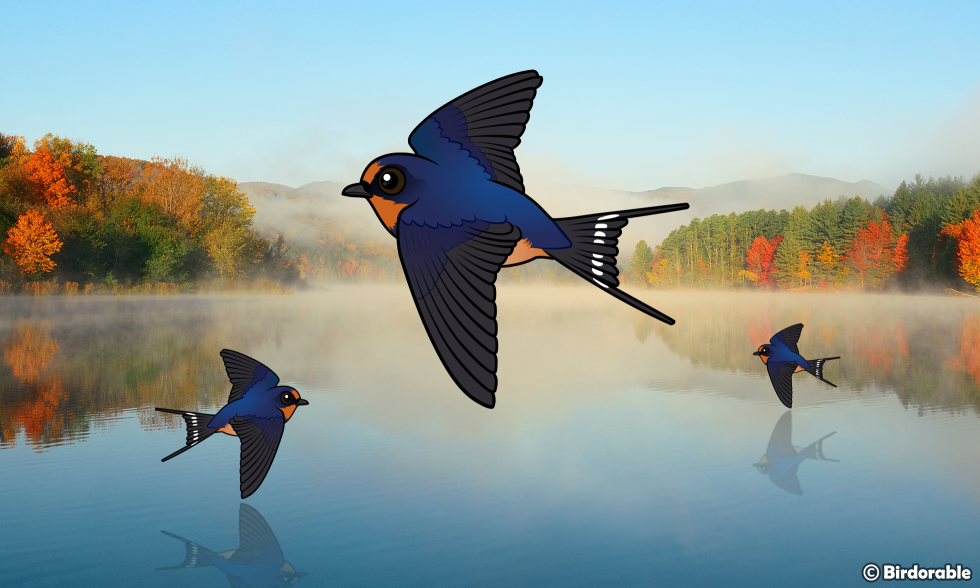
Barn Swallows
Masters of Flight
Swallows, martins, and saw-wings are known for their exceptional flying skills. They have streamlined bodies, long pointed wings, and short bills, all of which enable them to perform acrobatic maneuvers in the air. These adaptations are crucial for catching insects while flying.
Long-Distance Migrants
Many species within this family are long-distance migrants. For example, the Barn Swallow, one of the most widespread species of swallow globally, migrates from northern breeding grounds in Europe and North America to wintering areas in Central and South America and southern Africa, covering thousands of miles in their yearly migrations.
Global Distribution
Swallows are found almost everywhere in the world (making them cosmopolitan), from the Arctic to the tip of South America. Different species have adapted to a wide range of habitats, including open countryside, wetlands, and even urban areas.
Muddy Nesting Habits
Swallows and martins have diverse nesting habits, and a lot of them involve mud or dirt. While many species construct mud nests on man-made structures or natural sites like cliffs, others, like the Bank Swallow (or Sand Martin), excavate tunnels in sandy banks or cliffs. The intricacy of their nests and the communal nesting habits of some species, like the Purple Martin, showcase their complex social structures and adaptability.
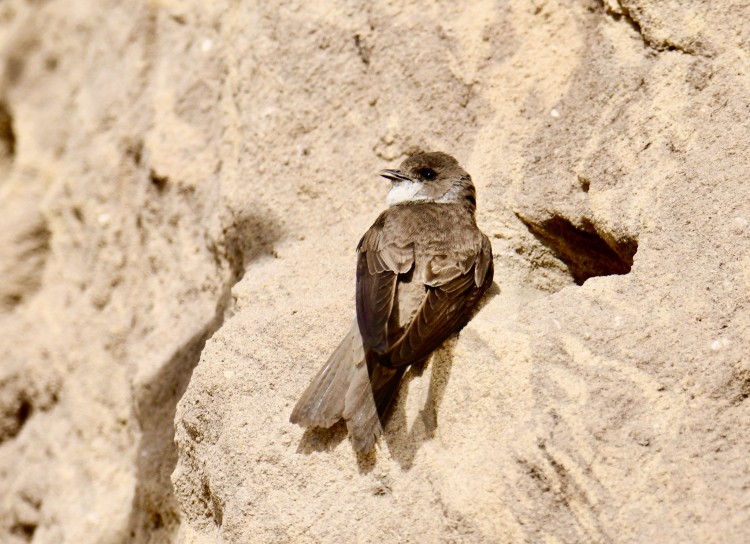
European Sand Martin (Bank Swallow) in Portugal by Luiz Lapa (CC BY 2.0 DEED)
Communication and Social Behavior
Swallows tend to be very social and often form large flocks during migration and in their wintering grounds. They communicate with a wide range of vocalizations and songs, which play a role in social cohesion, territory defense, and mating.
Insect Control
Swallows, martins, and saw-wings consume large quantities of insects, including mosquitoes, flies, and beetles, making them invaluable for natural pest control. Their predilection for feeding in flight means they play a critical role in maintaining the balance of ecosystems by controlling insect populations.
Cultural Significance
Swallows and martins have been symbols of hope, spring, and renewal in various cultures around the world. The return of the swallows is celebrated in different parts of the world as a herald of spring, most famously at Mission San Juan Capistrano in California. Tune in tomorrow to learn more about the Swallows of San Juan Capistrano!
Longevity
Swallows can live relatively long lives for birds of their size. The average lifespan across species is around four to five years, but some individuals have been known to live over a decade. The current longevity record for the family belongs to the Barn Swallow with a record lifespan of 15 years and 11 months. The longest known lived Purple Martin was 13 years and 9 months old. Like most longevity information for wild birds, these records are known from bird banding programs. The longevity record for the Tree Swallow is 12 years and 1 month, for the Cliff Swallow is 11 years and 10 months, and for the Cave Swallow is 12 years and 2 months.
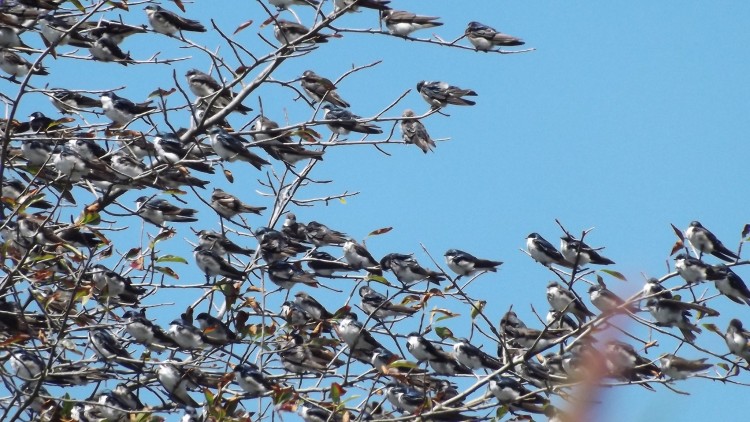
Tree Swallows by Michael Mulqueen (CC BY 2.0 DEED)
Survival Challenges
Despite their widespread presence, longevity, and adaptability, some swallow and martin species face threats from habitat loss, pollution, and climate change. Changes in insect populations due to pesticide use have a major impact on food availability, posing challenges to their survival.
Remarkable Adaptability
Swallows and martins exhibit a wide range of adaptations to different habitats. From the Barn Swallow, comfortable in urban and rural areas alike, to the Alpine Swift, which can be found at high altitudes, these birds have colonized a diverse array of environments across the globe.
National Recognition
The Barn Swallow is the national bird of two countries in Europe: Austria and Estonia. Across much of Europe, the Barn Swallow is seen as a symbol of rebirth, as it returns to the region to breed in the springtime. Yes, the national bird of these two countries does not live there full time!
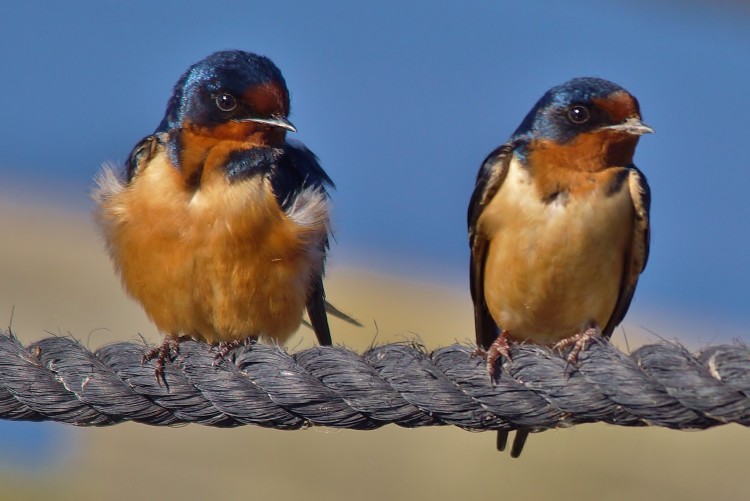
Barn Swallows at Horicon Marsh in Wisconsin by chumlee10 (CC BY-SA 2.0 DEED)
















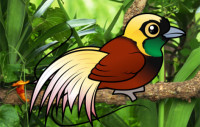
Comments
Leave a comment
Thank you!